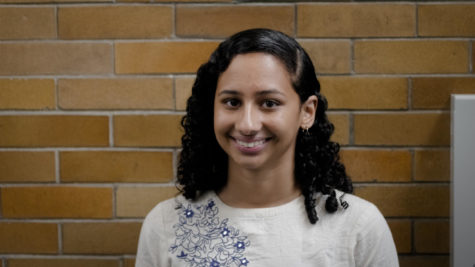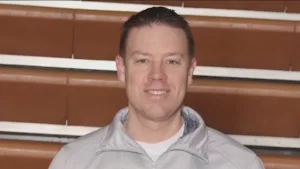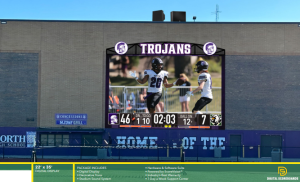Learning different versions of history leads to a divided country
March 5, 2020
In 1954, an unanimous decision by the Supreme Court outlawed school segregation. The landmark court case, Brown v Board of Education, decreed “separate” is not “equal.” Yet, 66 years since that ruling, segregation has morphed into new forms.
A recent New York Times article entitled “Two States. Eight Textbooks. Two American Stories” by Dana Goldstein compared the contents of school textbooks across the nation. The article describes how textbooks from the same publisher are vastly different depending on the region where they are purchased.
While all students will “learn about the Harlem Renaissance,” students in Texas, who read the same textbook, will read that “some critics ‘dismissed the quality of literature produced.’”
Both of these textbooks contain accurate information, but tell the story of two Americas. These discrepancies are not unique to the Harlem Renaissance, being present even in the description of the Bill of Rights.
California students learn about the second amendment along with the legal precedent of gun regulations. On the other hand, students in Texas are only given the second amendment with no further information.
If Southern states adopt and accept the belief that critics dismissed the literature produced in the Harlem Renaissance, students across the nation are learning vastly different perspectives of history.
Education is becoming segregated based on partisan values, not fact-based learning. In our country, we see how school segregation mutates from racial barriers to political ones. The curriculum disparity across states follows the political barriers.
While there is importance in giving students information that encompasses multiple beliefs, this system takes that sentiment to an extreme.
A unified country comes from a unified education system. People cannot understand each other and their experiences if they believe different versions of those experiences.
The disparity in these textbooks hints at a larger disparity in our education system. The unfortunate reality is, thus far, people learn information that reinforces existing beliefs. Education fulfills its purpose when the beliefs of the learner are challenged. Pandering to one’s biases cannot lead to learning and true understanding.
There are areas of the country where students are fed incomplete information and biased information. Though “separate but equal” was outlawed over 60 years ago in Brown v Board of Education, the separation of education is once again returning causing unequal standards for education across our nation.
This issue is one that many Americans feel invested in. A 2018 PEW Research study reported, 61% of Americans believe the education system is going in the wrong direction. Yet, there is very little action.
This study and the lack of action exemplifies how accepting we are of our divisions. People are comfortable learning what they know, not ideas that go against their preconceived notions. The comfort found in a curriculum that only reinforces ideas is a detrimental comfort to society.
Solving this problem falls into the hands of the student. Students have grown into activists, filling a much-needed role in our society. This is yet another issue that the youth must undertake. This issue calls for more questioning on the part of the learner.
Furthermore, the history curriculum must do more to encompass the varying viewpoints to the degree that they were expressed. Simply stating the other side, like the textbook from Texas, leads to a false equivalency. The critics of the Harlem Renaissance were not as widespread as the supporters of it.
A curriculum that does not teach students the realities of history fails students. The failures of the education system have resulted in a society where students must take control of their own education.
America is a country that prides itself on the personification of its motto e Pluribus Unum, a combination of many beliefs. Unfortunately, this sentiment can never be true with a broken education system.

























